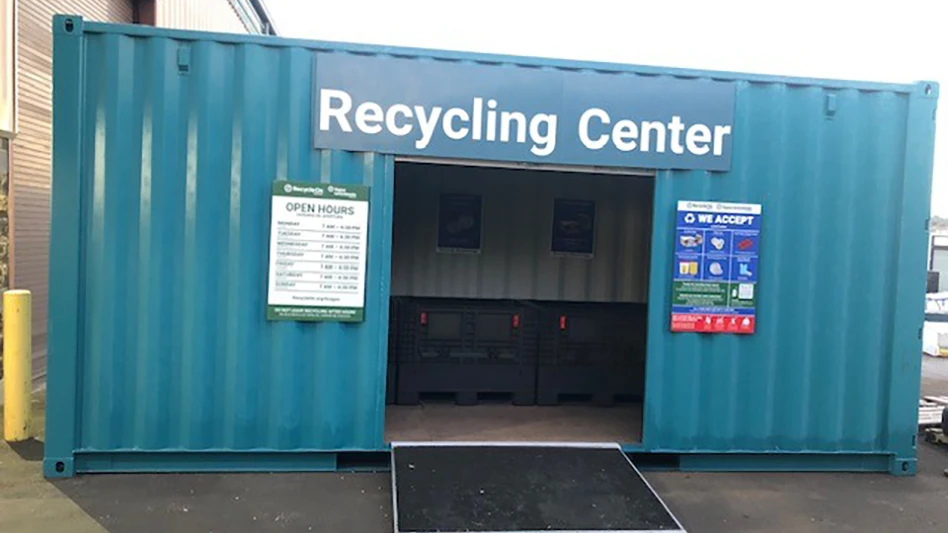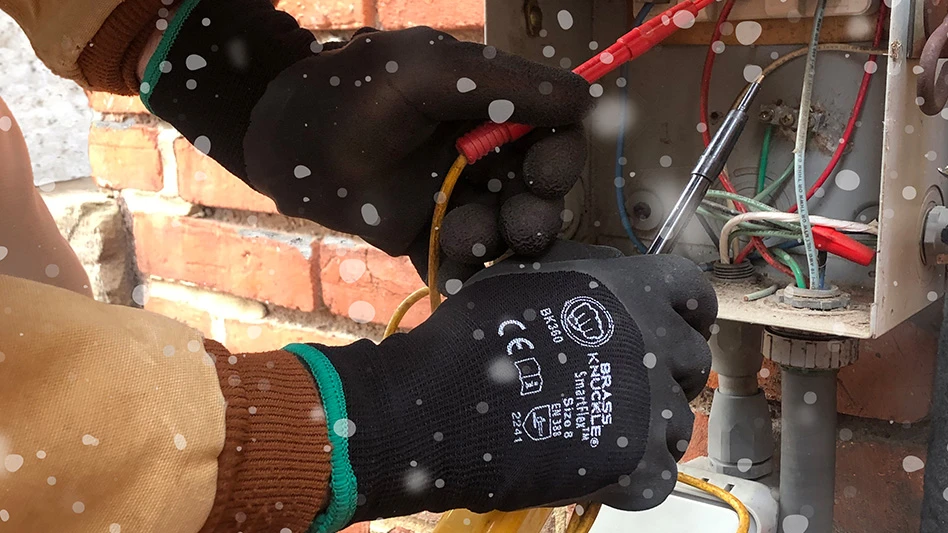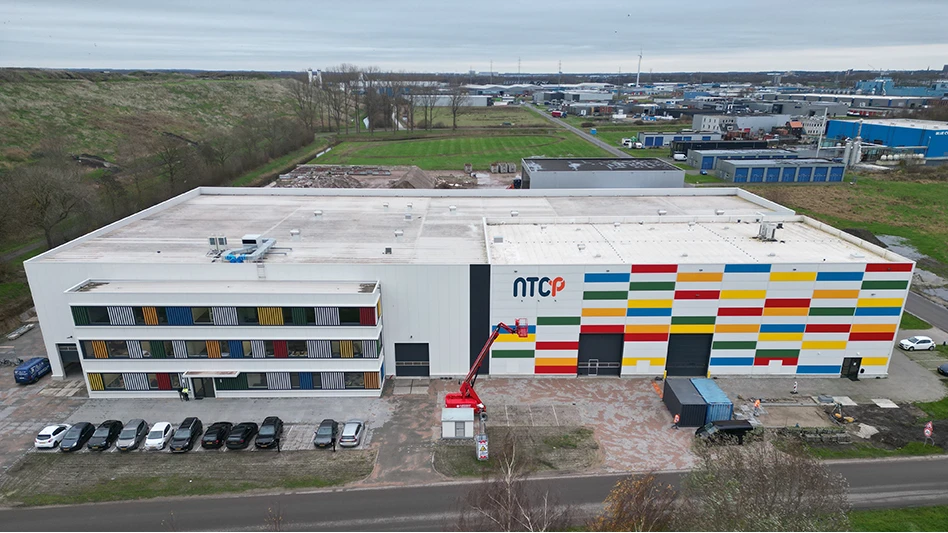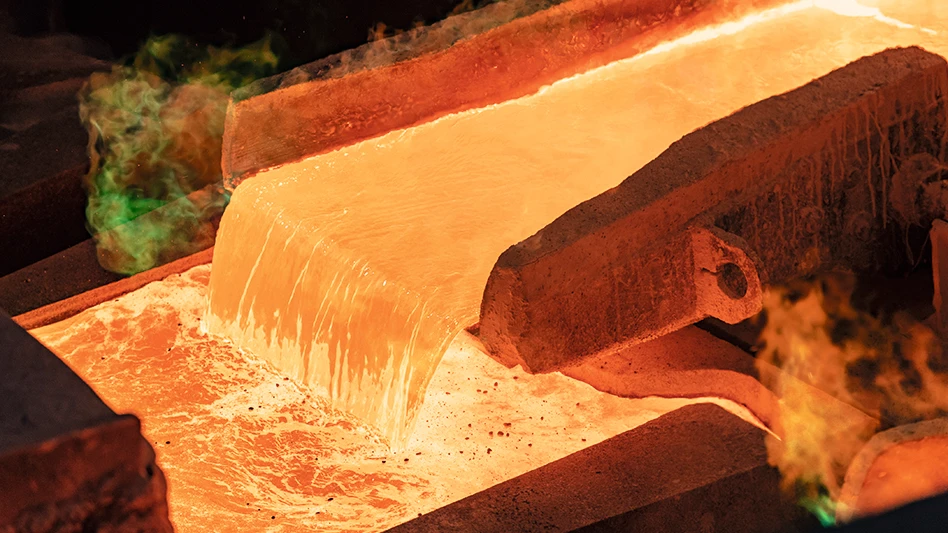The state of California reports that it has reached a diversion rate of 52 percent, meeting the legislatively imposed levels passed years ago by the state.
The diversion rate reaches the level required under the state’s Int egrated Waste Management Act of 1989, which called for a 50 percent diversion rate.
egrated Waste Management Act of 1989, which called for a 50 percent diversion rate.
"I am proud of how California has once again shown the nation what can be done through perseverance and ingenuity," said Margo Reid Brown, chairperson for the California Integrated Waste Management Board.. "Achieving this goal has required a long-term commitment from all sectors of the private and public enterprises. I deeply appreciate what has been accomplished."
The 1989 Act required individual cities and counties to cut their disposal rates in half, but left the mechanics for doing so largely up to each jurisdiction in light of their individual needs and available resources. Since the adoption of the Act the Board has provided oversight, as well as technical guidance and financial assistance for programs leading to increased waste diversion.
In 1990, California diverted just 10 percent of its waste stream, causing broad concern about the dwindling landfill capacity available to meet disposal requirements.
Latest from Recycling Today
- US Steel to restart Illinois blast furnace
- AISI, Aluminum Association cite USMCA triangular trading concerns
- Nucor names new president
- DOE rare earths funding is open to recyclers
- Design for Recycling Resolution introduced
- PetStar PET recycling plant expands
- Iron Bull addresses scrap handling needs with custom hoppers
- REgroup, CP Group to build advanced MRF in Nova Scotia





